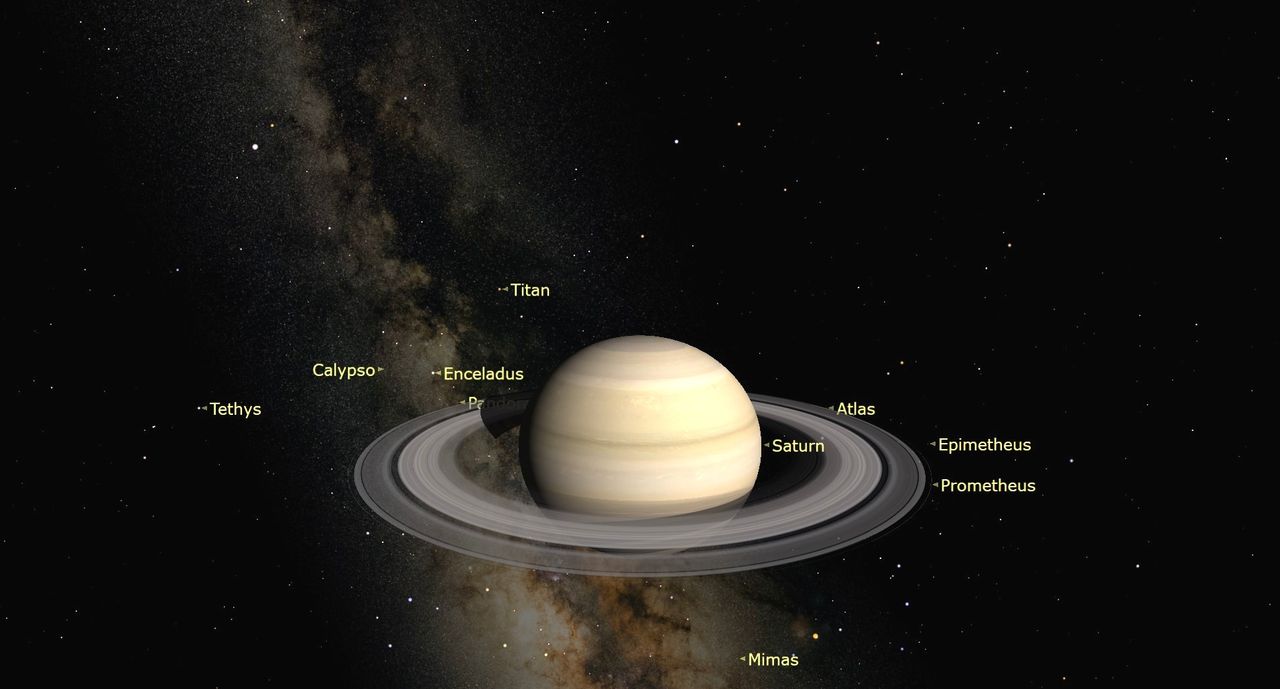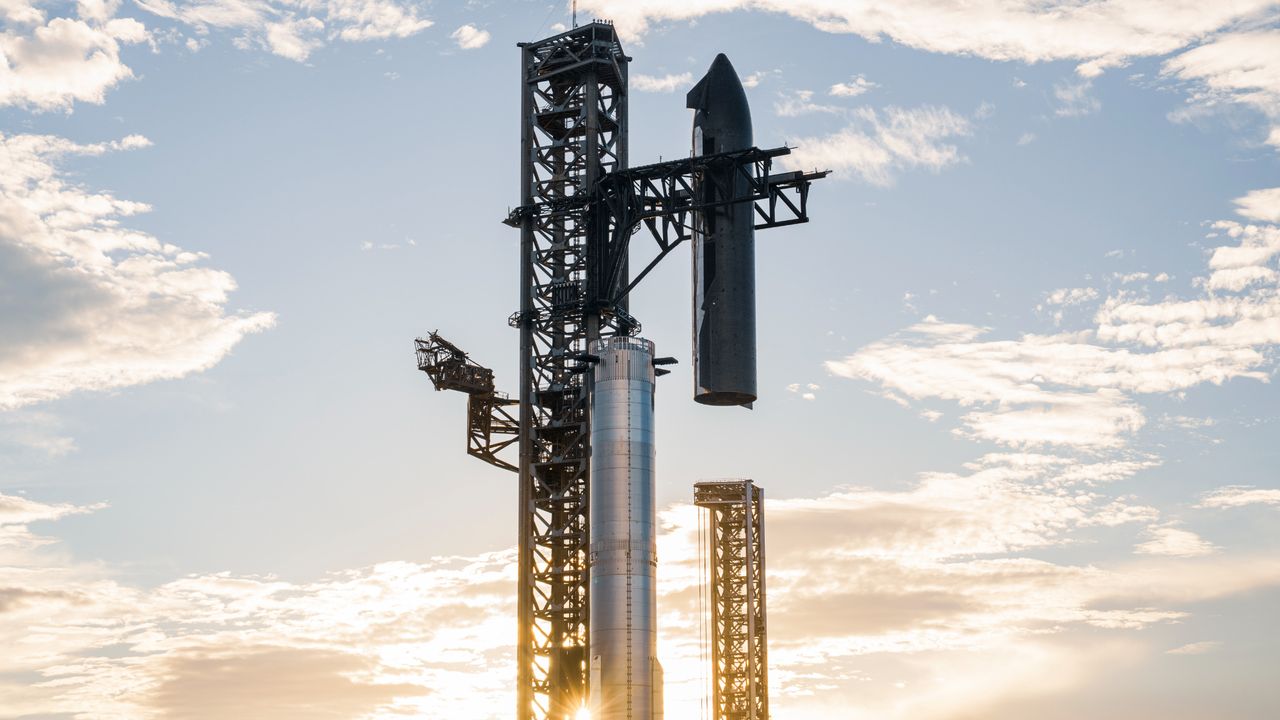Now Reading: SpaceX Dragon Delivers 5,000 Pounds of Supplies to ISS
-
01
SpaceX Dragon Delivers 5,000 Pounds of Supplies to ISS
SpaceX Dragon Delivers 5,000 Pounds of Supplies to ISS

Swift Summary
- A SpaceX robotic Dragon cargo ship docked at the International Space Station (ISS) on Monday morning, Aug.25, completing a 29-hour orbital chase.
- The CRS-33 mission delivered roughly 5,000 pounds of food, supplies, and scientific experiments to the ISS crew.
- The spacecraft arrived at the Harmony module’s forward port earlier than scheduled at 7:05 a.m. EDT (1105 GMT).
- Scientific tests aboard include exploring 3D printing metal parts and bioprinting tissue in microgravity for potential use in future lunar or Mars missions.
- the Dragon will assist with altitude maintenance for the ISS via engine burns-a task traditionally performed by Russian Progress vehicles.
- Russia plans to potentially leave the ISS partnership in 2028; remaining partners may rely more on Dragon and Cygnus spacecraft for station boosts.
- The CRS-33 mission will end in December when its cargo capsule returns to Earth with samples via splashdown off California’s coast.
(Image Caption: SpaceX’s CRS-33 Dragon capsule approaching ISS on Aug. 25, courtesy of NASA.)
Indian Opinion Analysis
The successful docking of SpaceX’s Dragon cargo ship highlights critical advancements in private-sector contributions to space exploration. This growth signals increasing reliance globally on commercial operators like SpaceX as nations reconfigure their partnerships-especially amid uncertainties like Russia’s possible exit from the consortium after 2028.
For India, such developments present opportunities and challenges alike. As ISRO accelerates its own ambitions-including plans for Gaganyaan’s crewed mission-it must weigh partnerships with entities capable of enhancing resupply logistics or experimental technologies vital for extended space missions beyond low Earth orbit.Additionally,technological innovation showcased by this mission-such as bioprinting tissue-could intersect with India’s healthcare-driven research priorities within space initiatives.
India’s growing commitment within global aerospace collaborations could also benefit from observing operational models integrating public-private dynamics seen here between NASA and private firms like SpaceX.

























